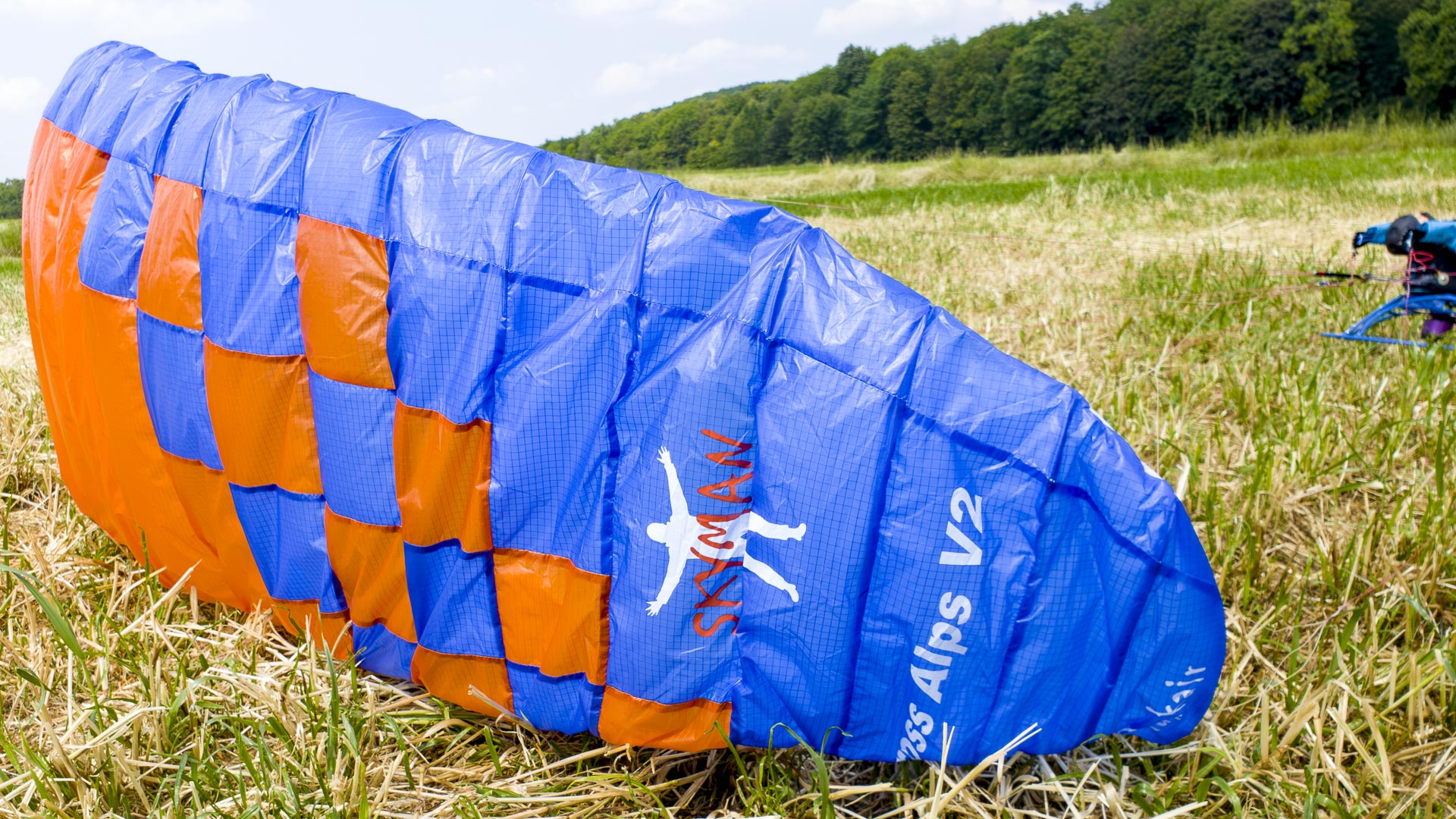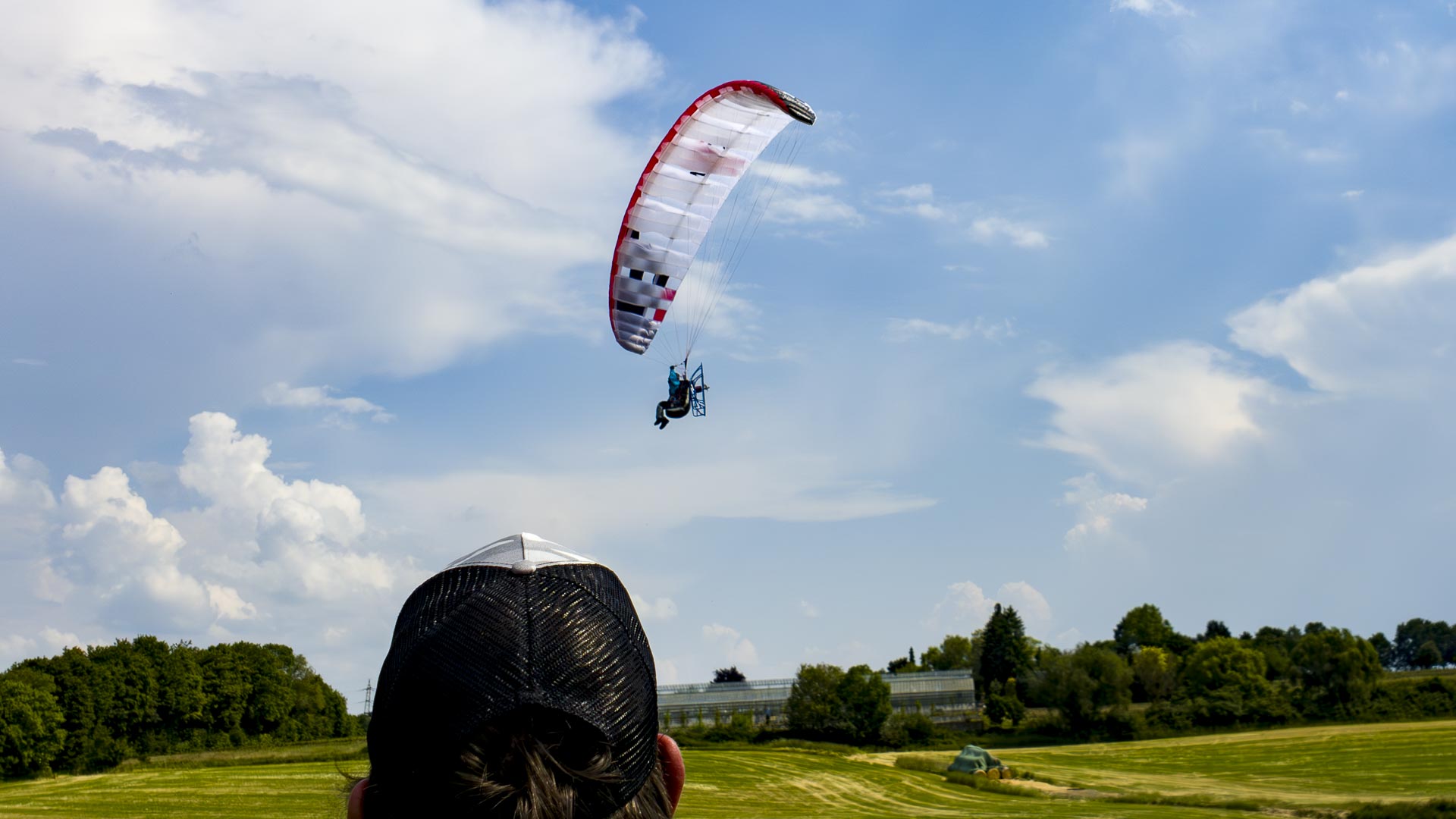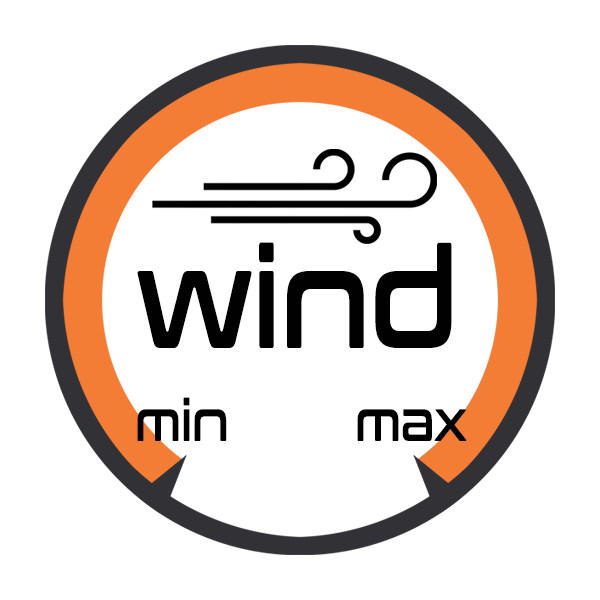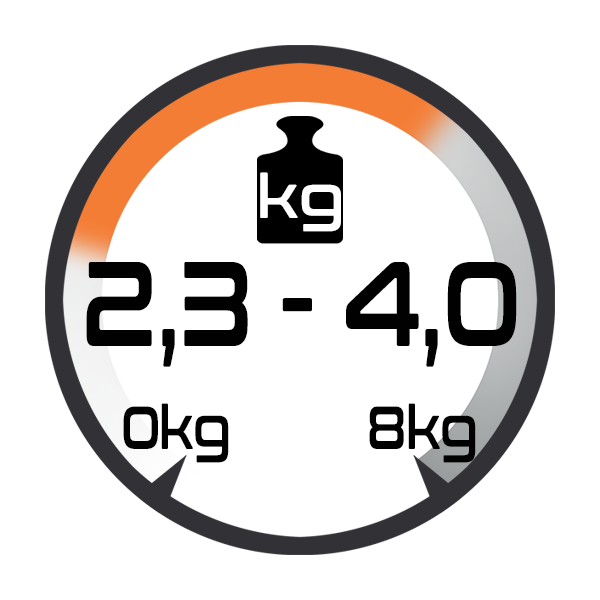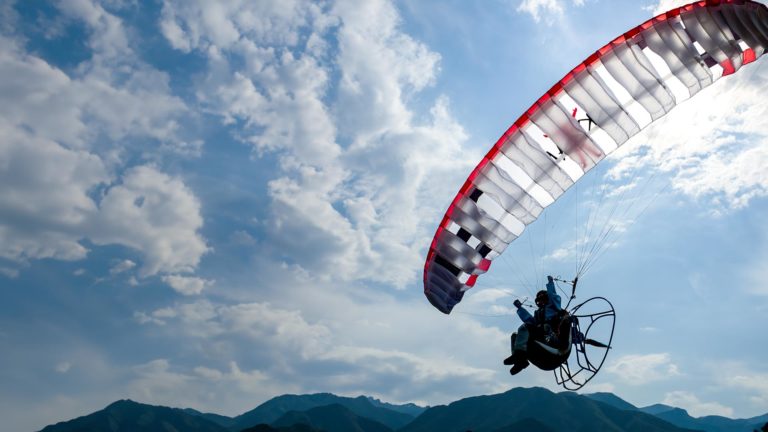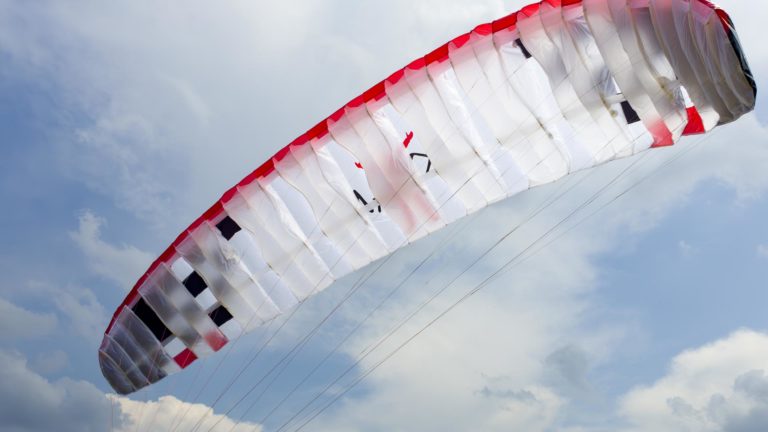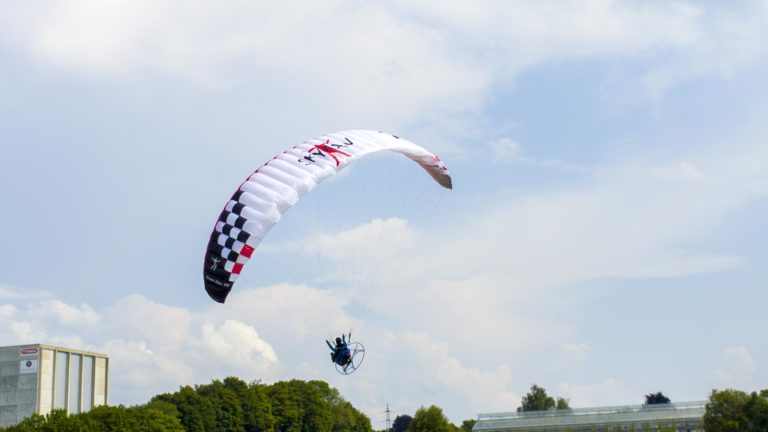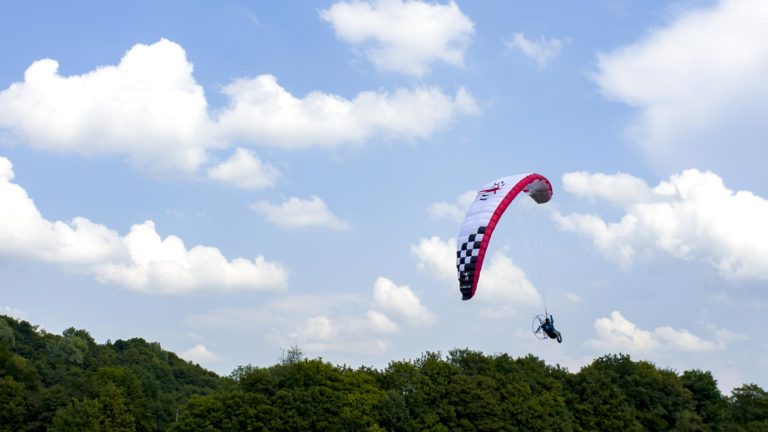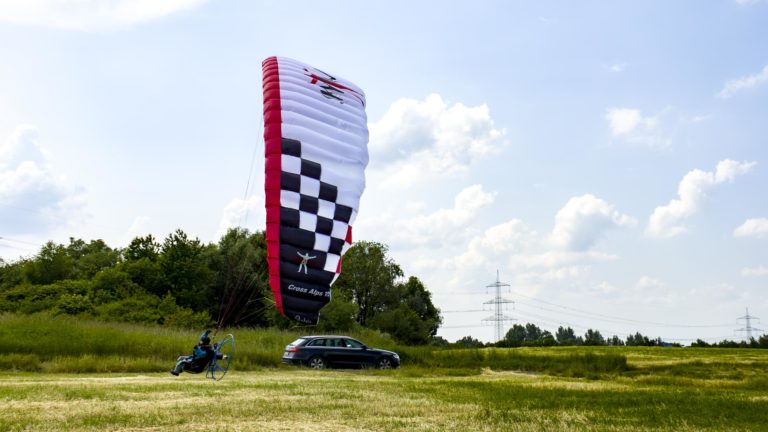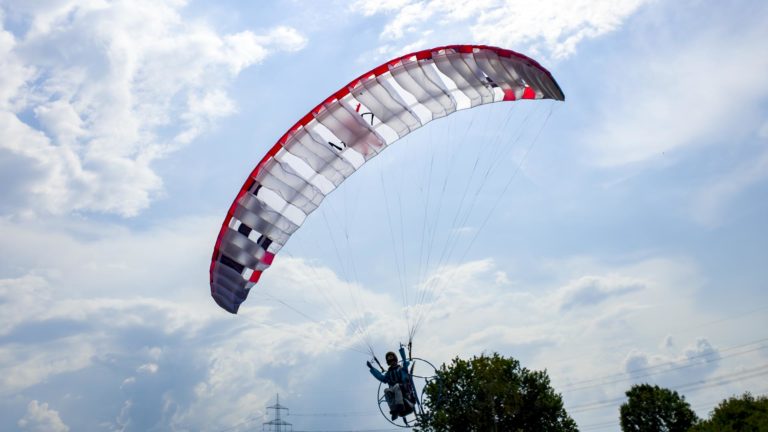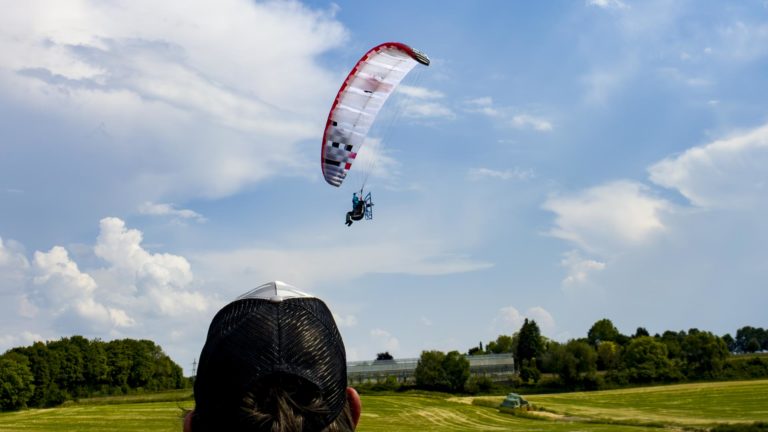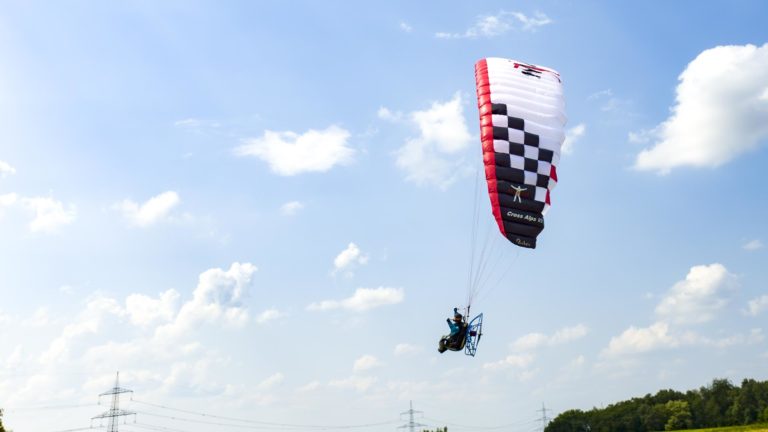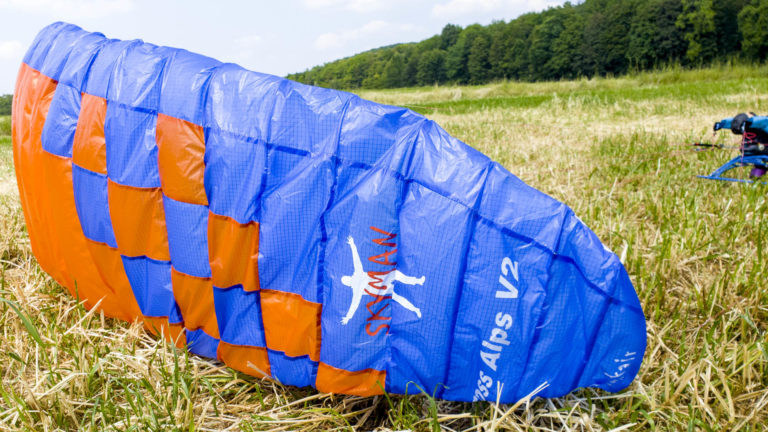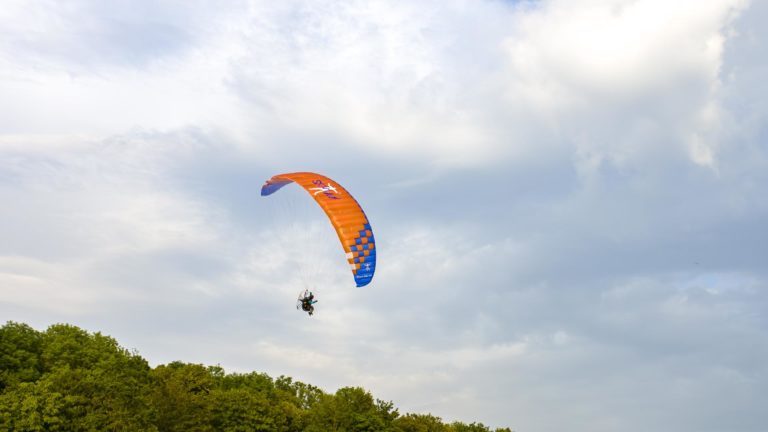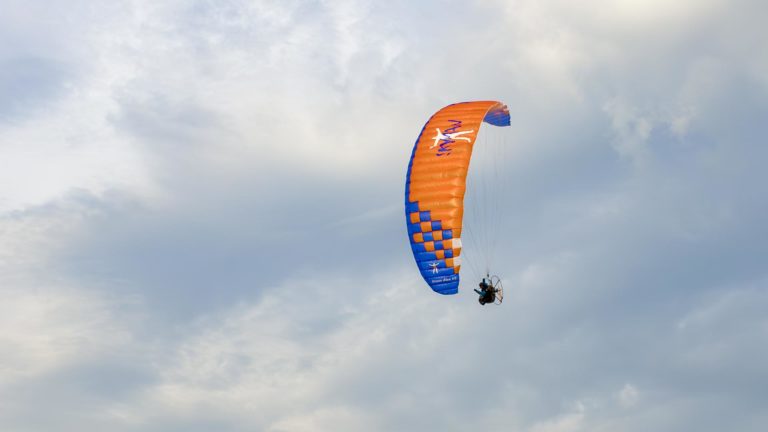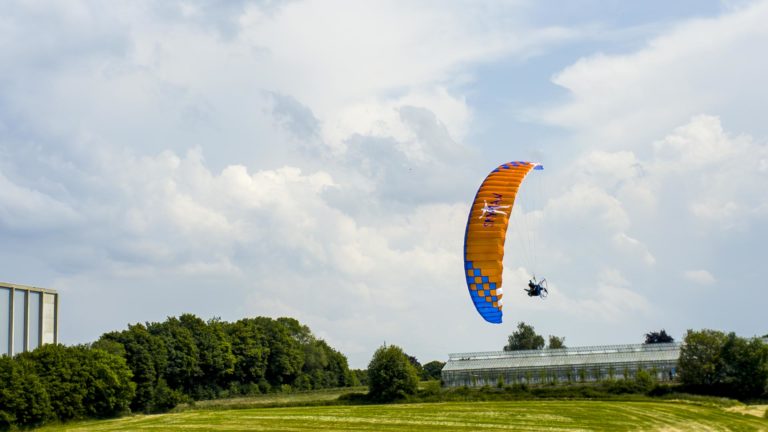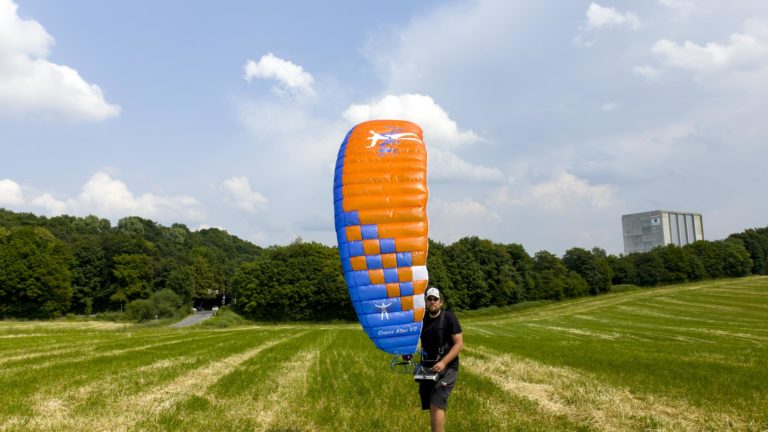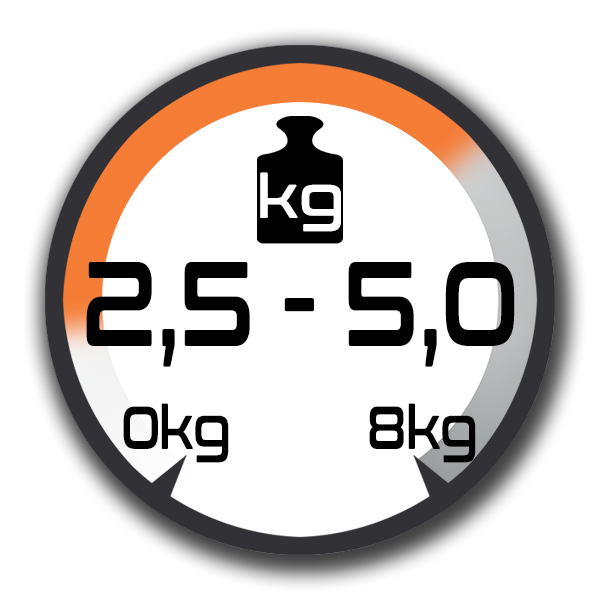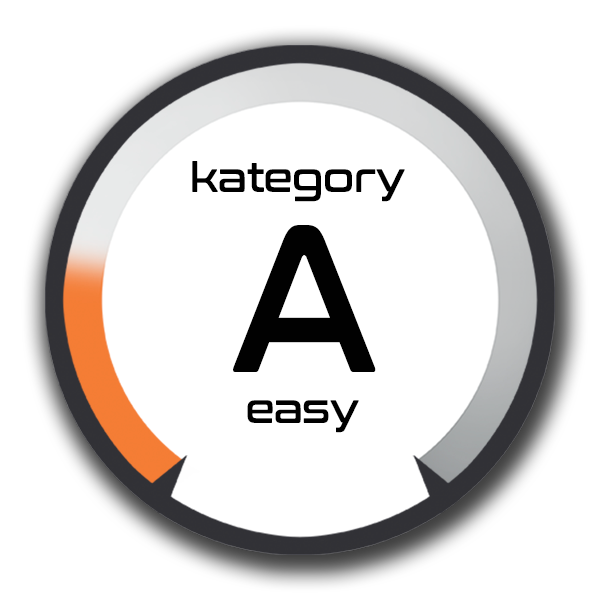Cross Alps V2 -
VCT 2.8 Hybrid
The performance update
- Punkair VCT 2-line hybrid construction
- Punkair EBS-System with RST-B-line control
- Variable Camber Technologie
with B-line control
CrossAlps V2 VCT automatically changes its airfoil thanks to the unique VCT design, allowing the stall to start much later in extreme flight situations.
The new Punkair EBS system with RST-B line control and built-in acro deflector eliminates the need for time-consuming brake line adjustments.
(VCT = Variable Camber Technology)
(EBS = Easy Brake-Line Setup)
(RST = Riser Steering Technology)
- 2-line
- Upper and lower sail made from exclusive D10 light fabric
- Innovative braking system with automatic B-line control
- Built in acro deflector
- No adjustment of brake lines necessary
- Less drag thanks to fewer lines
- Well-proven airfoil adapted to 2-liners with Variable Camber Technology
- Automatically changes the airfoil in the front area thus preventing a stall
- Even greater speed bar travel
- Thereby even larger speed range
- better glide performance
- can be flown even lighter, especially in heavy weather
Technical data:
Wingspan: 4.20 m
Area: appr. 2,8 m²
Aspect ratio: appr. 6,1
Cells: 36, thereof
10 single skin
Weight range: 2,3 – 4,0 kg
Pilot requirement: B
2-line Punkair hybrid with VCT, EBS and RST
For flight systems L and XL
The CrossAlps V2 VCT automatically changes its airfoil thanks to the new VCT design, allowing the stall to kick in much later in extreme flight situations. Only with the VCT technology is it possible to build a wing that remains extremely stable in fast flight, but automatically shows exactly the airfoil changes needed to remain absolutely smooth in slow flight. The result is an RC sports paraglider that can be flown both extremely fast with the greatest possible performance, and very slowly with the greatest possible safety at an even lower takeoff weight, even in “heavy weather” situations.
With only two line levels, the overall drag is significantly reduced. In addition, compared to the existing CrossAlps series, the new V2 VCT version can be accelerated even more effectively and better due to the 2-liner technology and redesigned risers. The new B-line control system also contributes to the fact that the CrossAlps V2 VCT is an absolute high performer which, thanks to its Punkair hybrid construction and the new VCT technology, can be launched easily and safely piloted in an unprecedented speed range even by less experienced pilots.
All this in exclusive D-10 lightweight fabric, as it should be for a real Skyman!
Punkair EBS system with RST B-line control system
EBS stands for “Easy Brake-Line Setup”.
This means the length of the brake line no longer needs to be measured to adjust it. The brake line is permanently connected to the riser. Directly above it you will find the already installed acro deflector, which fastens straight to the pilot’s arm. The setup is just as easy as that of the speed bar and is done in a few seconds.
The Easy Brake-Line Setup System can be perfectly combined with the RST B-line control.
RST stands for “Riser-Steering-Technology”.
On a 2-line glider, the rear lines are called B-lines. With our innovative new brake line design with B-line control, the B-level is automatically pulled in addition to the conventional brake depending on the load condition and braking travel. The main effect of this is a smoother steering, because the B-line control directly changes the angle of attack of the glider, whereas the brake only worsens the airfoil.
This means that if the B-level is also used to steer, less brake is needed to steer and the wing flies more efficiently.
This is particularly beneficial in accelerated flight, because the wing is “decelerated” fully automatically via the angle of attack on the braked side, which ultimately improves glide performance.
All this happens completely automatically, nothing has to be changed on the flight system or the transmitter. The B-line control is located on the riser of the glider and works “out of the box”.
In summary, EBS and RST offer you the following advantages:
– The acro deflector is already built in!
– There is no need to adjust the brake line length when assembling the flight system!
– The flying performance is better
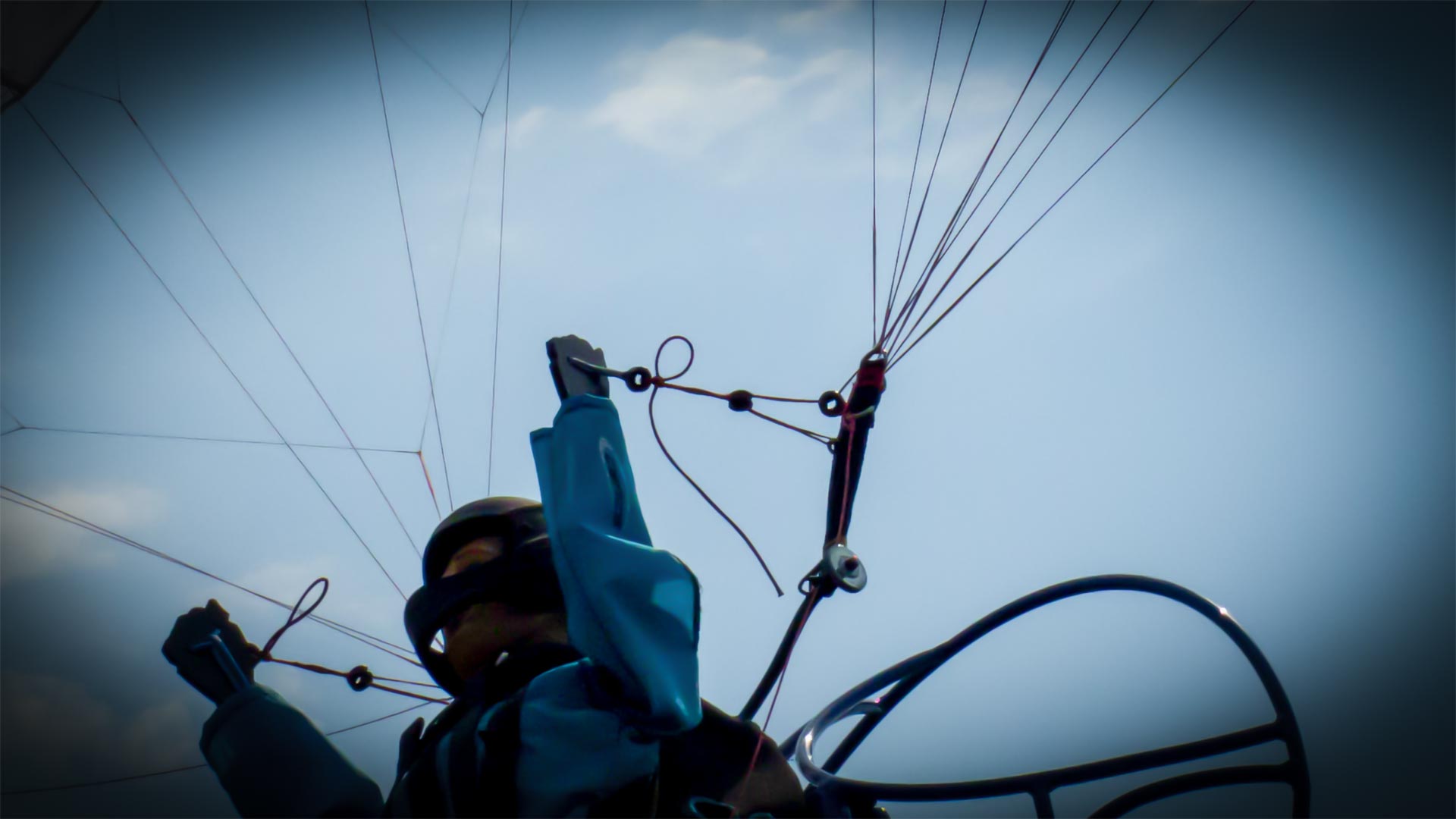
What does 2-line mean
A 2-line glider is a paraglider that has only 2 line levels instead of the usual 3 or 4. On the one hand, this reduces the total drag considerably and on the other hand, it greatly improves the acceleration of the paraglider, as the riser can be constructed very simple. In flight our 2-liners are very stable, as the individual line levels are higher loaded. Especially the Variable Camber Technology contributes to an extremely well behaved overall concept.

